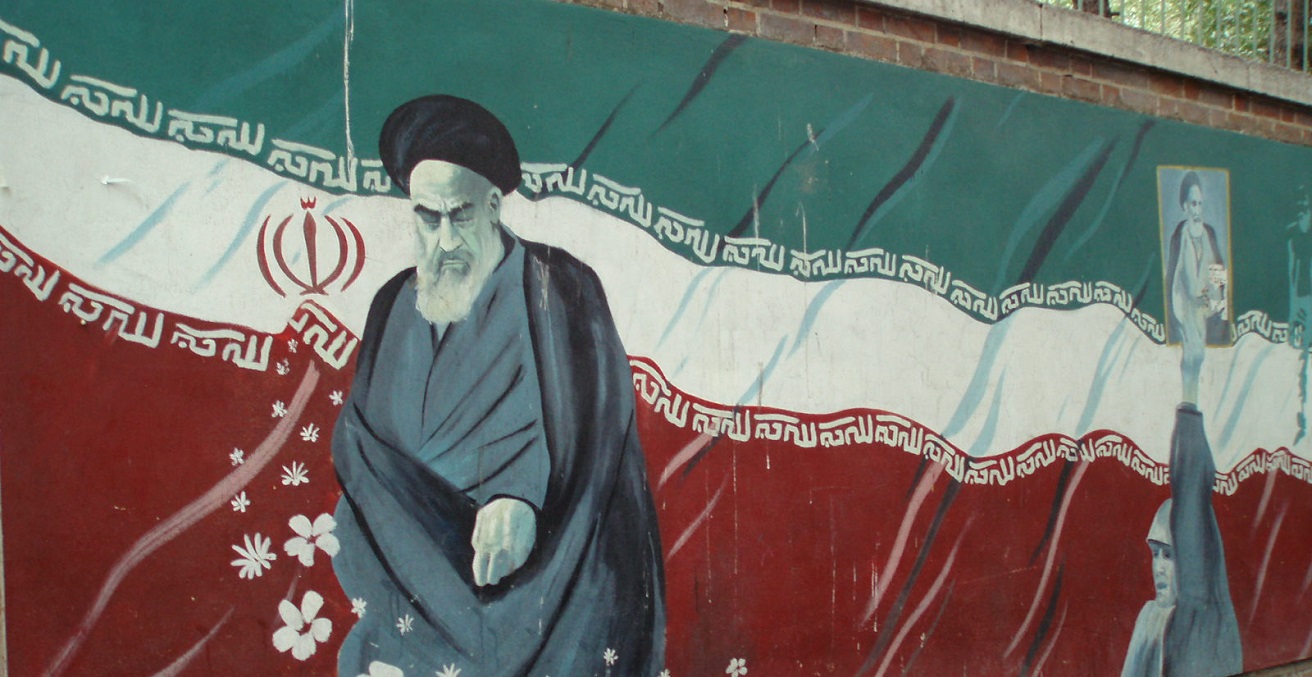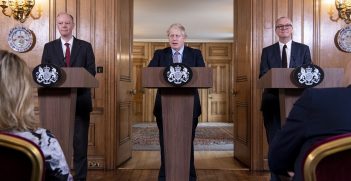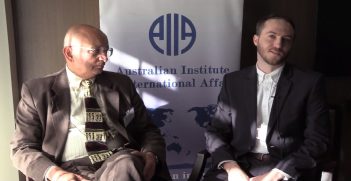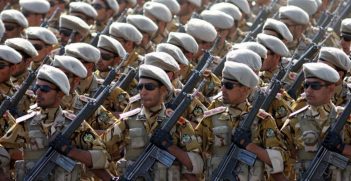The Deep Roots of Iran's New Year Protests

The turn of the new year in Iran has seen an outbreak of protests which have taken most observers by surprise. 40 years after the Islamic revolution, are cracks beginning to appear?
On 28 December 2017, an otherwise normal day, a protest started against the Irani regime in Mashhad, one of the biggest cities in the country. Very soon it had spread to more than 80 small and large cities throughout the country. The anti-government protest which began as demonstrations over the country’s poor economy quickly snowballed as a myriad of people across the country took to the streets.
As one of the supreme powers in the Middle East, Iran has always presented itself as a supporter of democracy, but in practice, it is opposed to freedom of expression and other fundamental political and socio-economic human rights. The last widespread protest against the Iranian regime’s policies followed on from the result of the presidential elections in 2009, in which protesters revolted against a non-democratic environment that supported unfair elections and meant Iranian citizens were not able to elect opposition party leaders democratically.
Nevertheless, the anti-government uprising in Iran which has broken out over the past week is different from previous unrest against the regime. In fact, the recent protests coincided with the anniversary of the 2009 Green Movement which aimed for a sudden and complete overthrow of Iran’s political system in support of the reformist leader Mir Hossein Mousavi; a defeated candidate in the 2009 presidential election. However, the origin of the existing unrest in the country is not in support of Mousavi’s movement, as the protests emerged without being under any clear leadership. The fact is that, even if the Iranian regime makes claims that the protests intensified under the influence of foreign enemies—such as the United Kingdom, the United States and Saudi Arabia—the protests are clearly against the high cost of living in the country, poverty and inflation as a result of President Rouhani’s failed economic policies, corruption, and the irresponsibility of officials in widespread and systematic violations of political and socio-economic human rights.
President Rouhani’s economic policies and recent reforms, had failed even after the successful signing of the Nuclear Deal with the P5+1, as well as with the European Union. In other words, regardless of Iranians’ expectations after the lifting of economic sanctions, the benefits of the deal have not been distributed fairly since the sanctions were linked to the oil industry which is closely controlled by the ruling elites. These factors, therefore, laid the foundations for more civil unrest in the country as a reaction to tough economic times.
More importantly for the Rouhani administration, a large segment of the protesters have called for regime change. The regime should recognise that such unrest is a consequence of its leaders’ irresponsibility, government officials’ corruption at various levels, and systematic human rights violations which have only increased over the past four decades of Islamic Republic rule. The lifting of economic sanctions as a result of the 2016 nuclear accord, raised expectations in many Iranians of an economic resurgence but the benefits have been narrowly distributed.
Additionally, suppressing legitimate protests for democracy and human rights in Iran has eroded, once again, the image of the Iranian regime as the vanguard for democracy and peace in the Middle East and broader Islamic world. At this point, it seems likely that fundamental changes to current political, ethnic, demographic, and economic policies are required to reduce the risk of a popular uprising against the regime. New measures to improve the human rights situation and a new commitment to improving the democratic responsibility of the leadership in line with the Iranian constitution would also reduce the state’s present vulnerability. However, such deep changes to the Iranian political system depend on serious amendments to the Iranian Constitution which currently restricts fundamental political and socio-economic human rights of citizens—such as the right to equality and non-discrimination, the right to the use of regional and tribal languages in the press and mass media, public gatherings and the right to freedom of association—by finding them as attitudes detrimental to the fundamental principles of Islam, public safety and Iran’s national security.
In all, these constitutional gaps must be filled to ensure that the Islamic Republic’s rules are compatible with the principles of democracy and human rights standards. Otherwise, by ignoring these fundamental factors, the regime will contribute to weakening its own foundations and lead perhaps, to its downfall.
Amin Bagheri is a member of the Iranian International Studies Association in Tehran. His research focuses on Iran and the Middle East.
This article is published under a Creative Commons Licence and may be republished with attribution.





